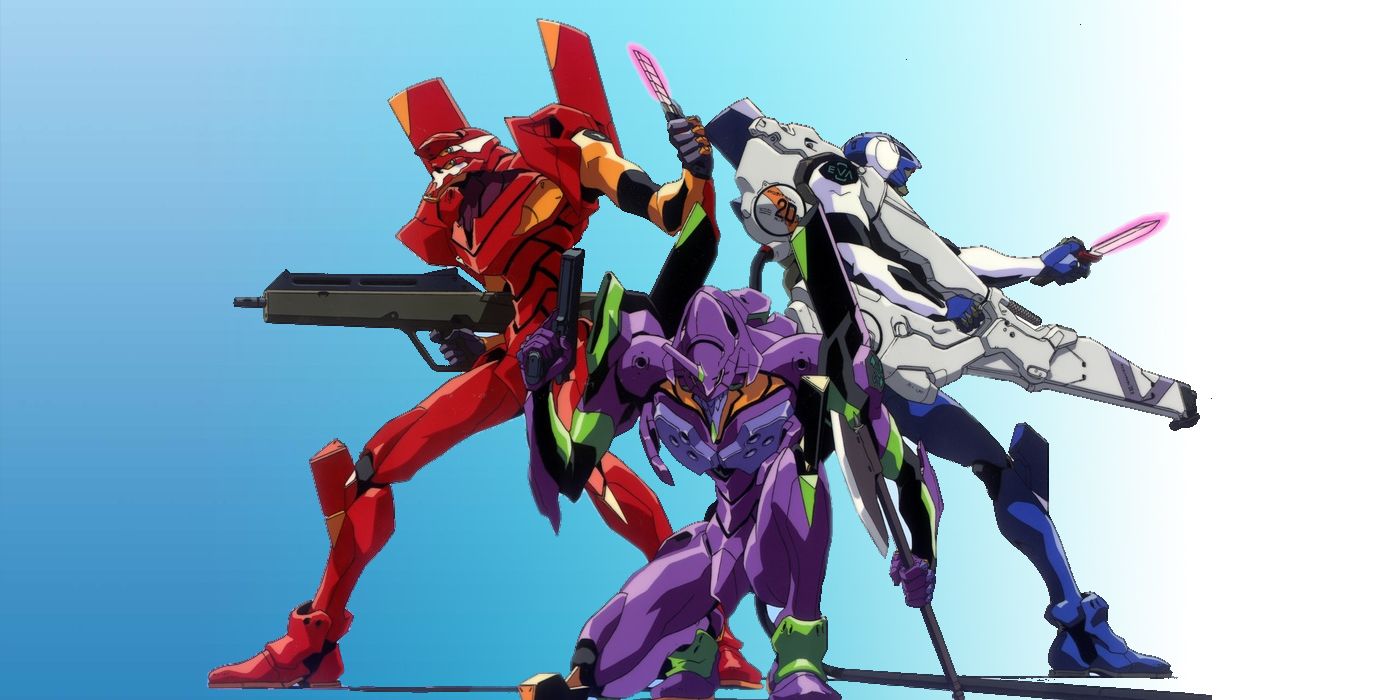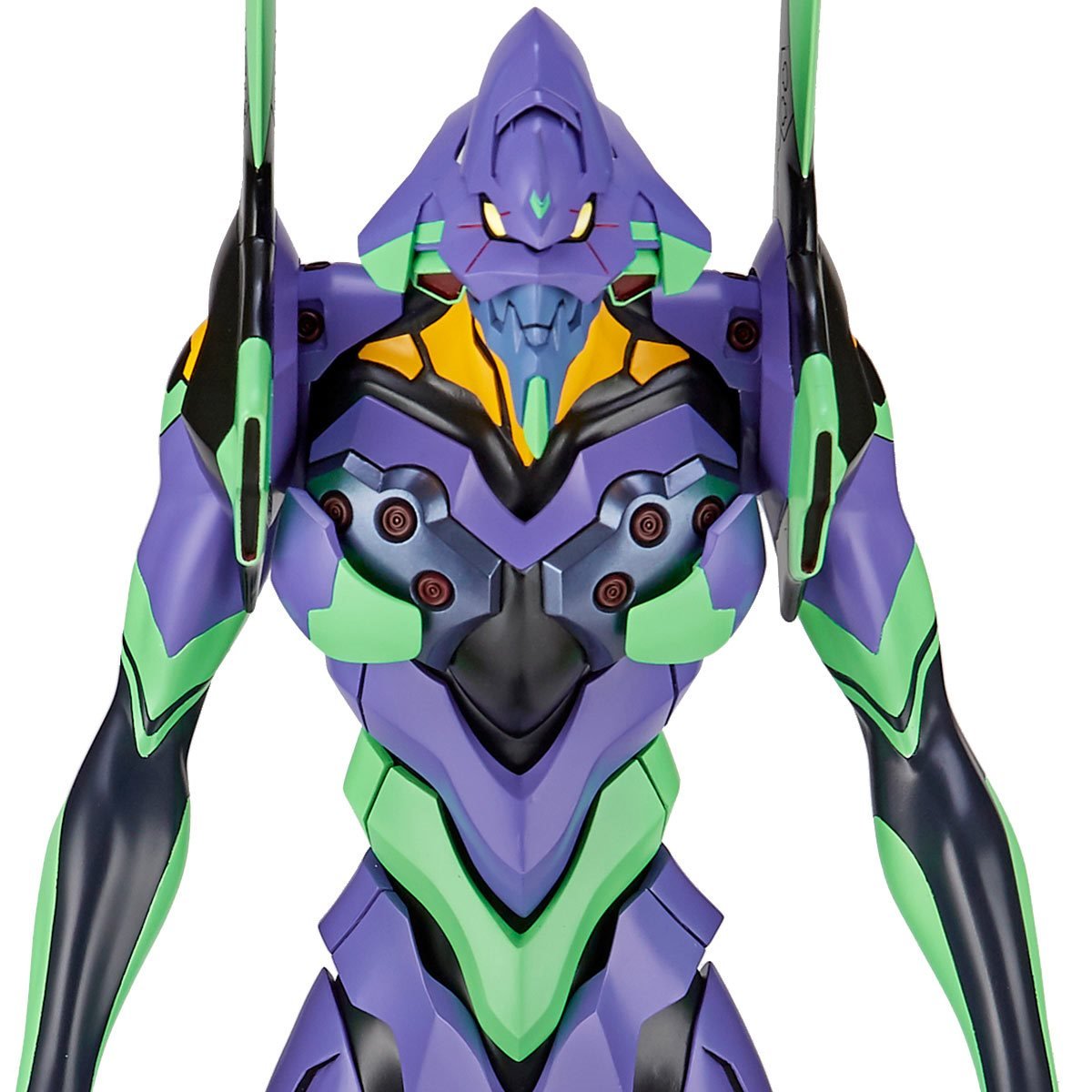Eva Longotia - Unpacking The Many Meanings Of EVA
When you hear "Eva Longotia," your thoughts might immediately go to a particular person, a familiar face from television screens, and that is very much understandable. Yet, there are some truly interesting connections and stories that share a similar sounding name, "EVA." It’s a word that, it turns out, has a couple of rather distinct tales to tell, quite apart from the well-known individual you might be thinking of. So, you know, let's explore what else "EVA" can bring to mind.
One of the most talked-about "EVAs" is a really influential animated series from Japan. This particular story, in some respects, has captivated many people across the globe for a good long while. It's a tale that has seen a few different forms over time, each one adding its own little twist to the overall narrative. We're talking about something that truly left a mark on its audience, sparking conversations and deep thought for years after its initial run.
Then, there's another kind of "EVA," one you might actually use every single day without even realizing it. This "EVA" is a material, a substance with some very useful qualities that make it a popular choice for everyday items. It’s quite practical, and, honestly, it just works well for certain things. So, you see, the word "EVA" holds more than one meaning, offering up different experiences and applications depending on what you're looking at, at the end of the day.
Table of Contents
- The Story of EVA: Anime's Enduring Impact
- What is the Real Meaning Behind Eva Longotia's Evangelion?
- Unpacking the Different Versions of Eva Longotia's Anime Saga
- How Do Eva Longotia's Giant Robots Really Work?
- Eva Longotia's Anime and the Power Within
- Beyond the Screen: Eva Longotia and Everyday Materials
- What Makes Eva Longotia's Footwear So Great?
- Are There Other Kinds of Eva Longotia Materials?
The Story of EVA: Anime's Enduring Impact
The story of EVA, the animated series, has a history that stretches back quite a ways, to 1995 actually. It began with a television program that ran for twenty-six installments. This original run was a bit of a wild ride, especially in its later parts, with the story moving at a very quick pace. Then, after the initial television run, a cinematic experience, "The End of Evangelion," brought the narrative to a temporary stopping point. People were left with a lot to think about, you know, after that.
What is the Real Meaning Behind Eva Longotia's Evangelion?
A lot of folks wonder if the name "EVA" in this anime connects to "Eve" from the Bible. The show, in fact, does play with a lot of religious ideas, though sometimes it feels like they are just there because they look cool. The word "Evangelion" itself is a religious idea, and the story even talks about something called the Dead Sea Scrolls, which in the plot are like newly found sacred texts. So, while it's not a direct retelling, there are definitely some echoes of older stories in the world of Eva Longotia's anime, you see.
Unpacking the Different Versions of Eva Longotia's Anime Saga
Over the years, this particular animated story has seen a few different iterations. There was a time, around 2003, when the original television version received some updates. The idea was to make the storyline, especially the parts after episode twenty, flow a little more smoothly. This updated version was called a "remastered edition," though it wasn't really a brand new, separate creation. Then, a few years later, in 2007, a whole new set of cinematic features began to be released, giving the story a fresh start. These newer films offered a chance for the creator to, perhaps, come to terms with some things from his past, moving the tone from something quite sad to something a little more hopeful. When a character in the final film said "Goodbye, all Evangelions," it felt like a farewell to more than just a cartoon, but also, in a way, to a part of oneself that had been hiding from the world since 1995, you know, inside those giant machine cockpits.
There was also a version that floated around online, the "EVA-FANS 2005 Remastered Version," which was put together by a fan group, not the official creators. It's one of those things you can check out if you're curious, but it's not strictly necessary for understanding the main story, in some respects. And, of course, there are also compilation films, like the 1997 theatrical release "Death and Rebirth," which essentially took bits and pieces from the television episodes and strung them together for a different viewing experience. So, there are quite a few ways to experience the narrative, which is kind of interesting.
How Do Eva Longotia's Giant Robots Really Work?
In the animated series, the large mechanical beings, often called "EVAs," aren't just big fighting machines. Their outer coverings are actually designed to hold back their immense strength. This is why, quite often, a single EVA unit isn't enough to take down one of the strange creatures they fight; it usually takes more than one. It’s a bit like trying to contain something incredibly powerful, you know, with chains.
Eva Longotia's Anime and the Power Within
There's a particular moment in the story where one of these machines, EVA Unit-01, consumes something called an "S2 engine" from a defeated creature. This act gives Unit-01 a special ability to heal itself. It means that, apart from its core essence, it gains a kind of lasting power, a self-sustaining quality that makes it quite formidable. This event really changes things for that particular machine, making it a very different kind of force, basically.
Beyond the Screen: Eva Longotia and Everyday Materials
Away from the animated stories, the term "EVA" also refers to a type of material that’s used in a lot of common products. It’s a substance that has some rather good qualities, making it a popular choice for things like footwear. It’s quite different from, say, PVC, another material often used for similar items. This kind of EVA is about comfort and practicality in daily life, you know, something you might walk around in.
What Makes Eva Longotia's Footwear So Great?
When you compare slippers made from this EVA material to those made from PVC, the EVA ones tend to feel much lighter. They also hold up well, staying in good shape for a while. A really big advantage of this EVA is that it doesn't tend to develop bad smells, which is a common complaint with some other materials. I mean, my own slippers made from this stuff have been worn for several months now, and they still don't have any odor at all. They're also very comfortable to have on your feet. For a pair that costs around twenty yuan, and can last a year or more without getting smelly, that's a pretty good deal, really.
Are There Other Kinds of Eva Longotia Materials?
When it comes to materials for shoe bottoms, each kind has its own set of good points and not-so-good points. For example, rubber soles are known for being tough against wear, not slipping, handling heat well, and being soft. They're often seen as a top choice for shoe bottoms, especially for athletic shoes. Then there are other materials, like TPU, which also have their own particular qualities. So, there's a whole range of options out there, each with its own reason for being picked, you know, for different kinds of shoes.
This exploration has taken us from a widely recognized name to the deep world of an influential anime, and then to the practicalities of a common material used in our everyday items. It shows how a simple combination of letters can point to wildly different, yet equally fascinating, subjects.

Evangelion: Every EVA Unit from the Original Series Explained

Rebuild of Evangelion Mega Sofubi Advance EVA Unit-01
:max_bytes(150000):strip_icc()/eva-longoria-flame-ring-flamin-hot-screening-embed-1ebe1d7ee6b749b9b9ad0335b3a7f886.jpg)
Eva Longoria Paired Her Backless Beaded Naked Dress With a Flame-Shaped